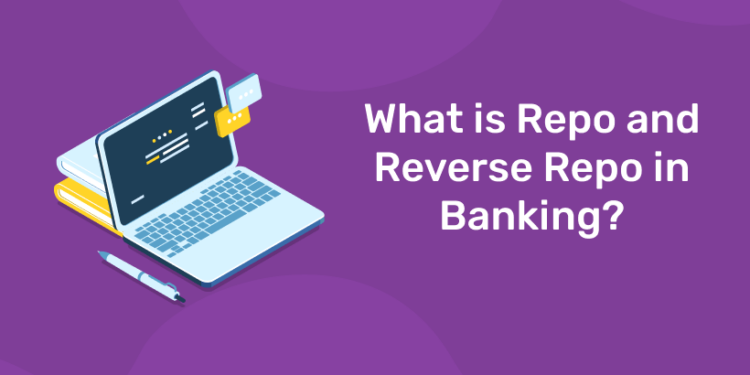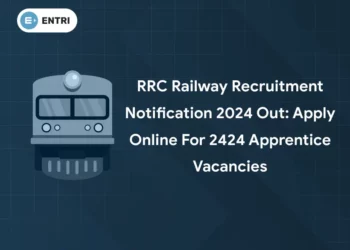Table of Contents
What is Repo and Reverse Repo in Banking is one of the main questions that will be asked in your economic competitive examination because repo rate and reverse repo rate are one of the most important things that you need to learn while you are learning economics or macroeconomics. Repo rate and reverse repo rate will directly influence the credibility of a candidate to get a loan from commercial banks in India. You can check out the specifications related to both of the economical terms from the blog shared below and then you will be able to successfully learn more about the economical condition of your country and also the reasons behind that particular economic condition. You can check out the details related to repo rate definition and also the specifications of What is Reverse Repo from the blog shared below.
Master stock trading with us. Enroll now for a free demo!
Repo Rate And Reverse Repo Rate
Repo rate and the reverse repo rate is one of the most important key tools which is used by many different types of financial institutions, banks and also some of the major businesses in order to explain the economy. These are mainly called short-term arrangements which can provide you with details related to the ongoing financial operation in a specific financial institution and it will also provide you with an insight related to the lending opportunities. Reverse repo rate and repo rate are definitely related to each other and both can be used simultaneously in order to understand a financial situation for someone who is not actually aware of the technical jargon of the economy. It is important that you understand the meaning of repo rate and reverse repo rate taking into account RBI or other Reserve Bank of India.
What Do You Mean By Repo Rate?
The Repo rate is the rate at which the central bank will be given loans to the commercial banks against the government securities. If the repo rate is increasing that means that the banks are getting fonts from the Reserve Bank of India at a higher cost and it will also mean that the bank will also lend to the other people at a higher cost. The bank will lend money to the common public and when the repo rate is high it is the common public that is taking loans at a high-interest rate. So whenever you are taking a loan from a commercial bank you have to take into account the repo rate at which the RBI is providing loans to the commercial banks. If the repo rate is high then you will have to pay a higher interest rate on the loans that you have taken from a commercial bank.
Start investing like a pro. Enroll in our Stock Market course!
What Do You Mean By Reverse Repo Rate?
The reverse repo rate is the rate at which the RBI will borrow money from the bank. The reverse repo rate can be understood in the context of excess liquidity in the market in order to absorb the excess liquid the Central Bank will take out money from the overall system by borrowing the money from the commercial bank. The bank will benefit from this because they will be on interest for their holdings with the central bank. If there is a high level of inflation in the economy then the reverse repo rate will come to an advantage and the central bank will increase the reverse repo rate. If the reverse repo rate is high then the bank will want to give more of their holdings to the central bank so that they can earn more interest and this will balance out the inflation.
Effects of Repo Rate And Reverse Repo Rate
There is always a change in the repo rate and the reverse repo rate depending upon various factors that affect the economy of the country however when these rates change their impact upon the economy and there are also other various repel effects. Whenever a citizen needs to get a loan then they need to also take into account the reverse repo rate and the repo rate because it will directly impact the interest that they will have to pay at the time of the repayment of their loan. The repo rate currently is very low so it means that you will be able to borrow from any type of commercial bank at a very low-interest rate but this is also one of the main reasons for the high inflation that we are facing as a society in our country.
Start investing like a pro. Enroll in our Stock Market course!
You must have proper knowledge related to the various economical terms in order to get information related to the financial condition of your country. Entri is a learning platform where you can get video lessons and crash courses on different things that you need to be aware of if you want to give a competitive examination and want to be a part of a very prestigious government organisation. You can check out the mock test series and also study materials available on our platform curated by experts of the industry in order to help competitive examination candidates.












